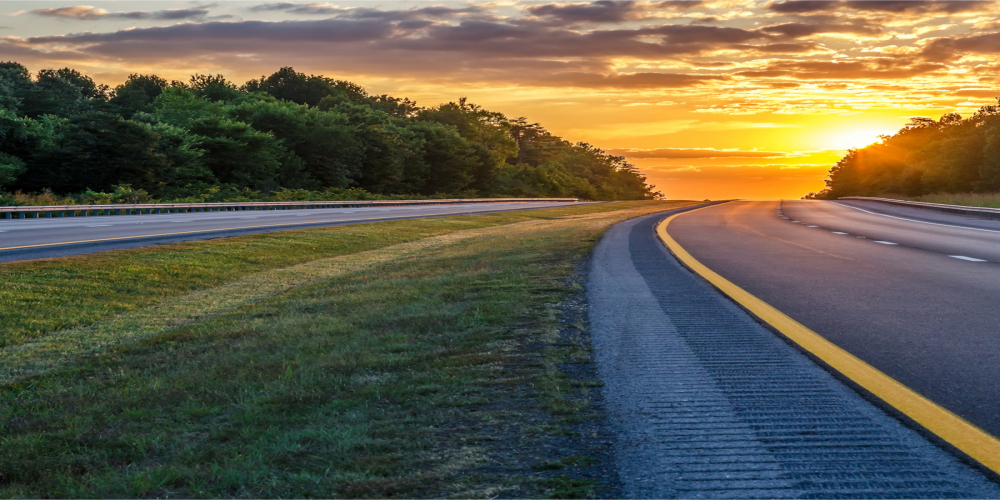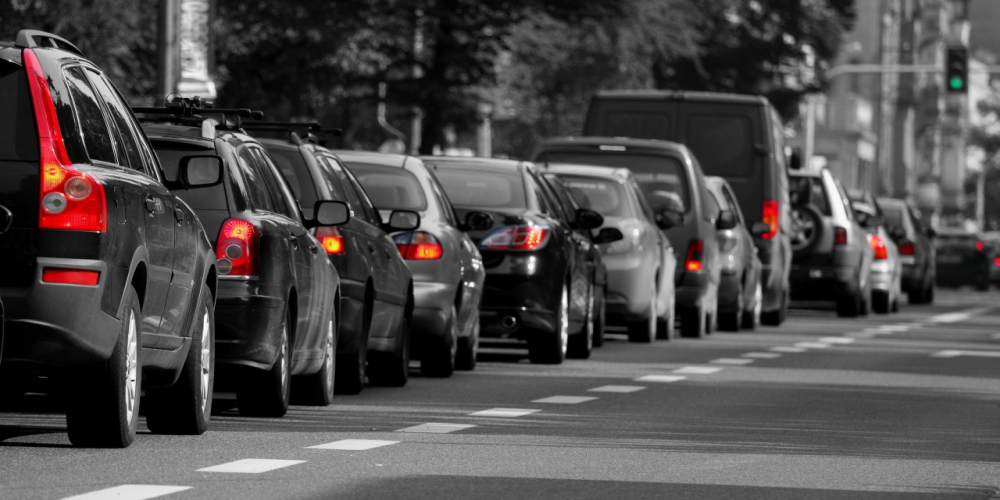Blog
There’s a saying: “forecasts are always wrong.” But we, as planners and analysts, spend a great deal of our time and energy trying to anticipate and plan for the future. How then, do we manage a world of compounding and multiple uncertainties?
In early May, EBP’s Scott Middleton examined the national drop in vehicle miles traveled (VMT) from January through April to see the decline in driving caused by the pandemic. Using data from StreetLight’s VMT Monitor program, he found that in late April, VMT at the national level was about half of what was expected in a business-as-usual year.
Tags:
Many places have become quieter since the onset of the COVID-19 pandemic: shops are shuttered, playgrounds are chained off, and airports are largely deserted.
Tags:
Most people seem to agree with a “user-pays” principle for transportation infrastructure, especially for roads and highways. The fuel excise tax on gasoline and diesel has long been the primary source of federal and state transportation revenues. While economists have long advocated for other types of fees, transportation professionals, policymakers, politicians and even the public have just recently become more active in pricing discussions. A number of trends in transportation technology and behavior have launched this discussion, which was strongly evident this year at the TRB Annual Meeting.
There are more remote regions in the country, but the Appalachian Region with its population of 25 million is unique in the way that it is comparatively populous, within reach of large metropolitan areas of the East and yet is still isolated in many parts. Poverty in Appalachia was ubiquitous when President Johnson signed legislation to make federal funds available to develop the Appalachian Region. The construction of the Appalachian Development Highway System (ADHS) has since been one of the major efforts to overcome economic distress in the region. The relationship between poor access to markets and the lack of economic opportuni-ties has been well known for a long time.
Tags:
#appalachia
#accessibility





